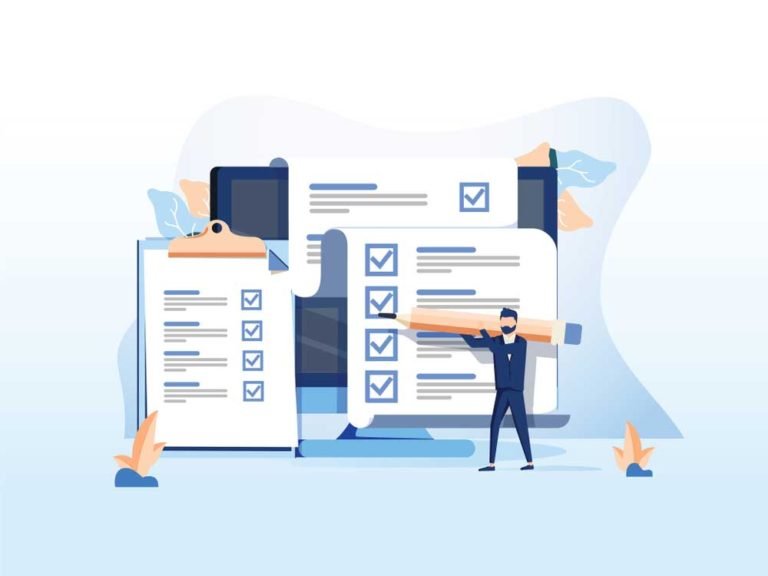IT devices are a big expense, and, like any expense, it makes sense to get the most out of them. The average desktop computer should work properly for at least 3-5 years after purchase with regular use. Many of us, however, battle with slow speeds and overheating difficulties well before that timeframe. Extending the life of your IT gadgets can not only save you money but will also assist to address the rising problem of e-waste. In this article, we have compiled seven recommendations on how to keep your IT gadgets working at their best for longer.
Contents
1. Make A Cleaning Schedule That You Can Stick To
Dust and dirt are your worst nightmare when it comes to keeping your IT device running smoothly. Everyday debris like dust and pet hair is going to pose the biggest barrier to keeping your machine clean and functioning correctly. Even the tiniest particles can accumulate over time and cause damage. A congested keyboard, for example, may make a laptop nearly hard to use. Meanwhile, excessive dust might cause your fans to slow down, making it more difficult for your system to keep a stable CPU temperature.
Keep your computer clean and protected when not in use to avoid dust and grime getting into the internal components. Remove debris using canned air, especially from fans. If fans become blocked with debris, they might slow down and fail to evacuate heat from the computer, causing additional damage. Screen cleaner, not window cleaner, should be used to clean your screen since window cleaner contains ammonia, which will dull it. Also, avoid eating or drinking near your computer.
2. Look After Your Battery
Poorly functioning batteries are one of the major reasons why people replace their electronics with new ones prematurely. If you’re using a device with a lithium-ion battery, don’t wait until the battery is completely depleted before charging it. There are a few more things you can do to extend the life of your device’s batteries. To begin, always use a standard charger made specifically for your device model. You should also keep a check on your battery’s remaining capacity. The faster your batteries discharge in the future, the more frequently they approach lower capacities.
You should also try to reduce your energy use wherever possible. Avoid utilising your USB ports as a charging station for your smartphone or other electronic devices. Also, consider which features you need to use. For example, you can disable Wi-Fi on your device if you don’t need to be connected to a wireless network.
3. Keep The Device Cool
Excess heat can cause a slew of problems for your IT equipment and is an unfortunate reality for electronic gadgets. Your machine will start producing heat as soon as it is turned on, and when demanding apps are running, graphics cards and CPUs are put under additional stress. When temperatures rise to a certain point, IT equipment must work twice as hard to keep up.
There are a few things you can do to tackle the problem, fortunately. First and foremost, consider where you’ll put your gadgets. Place them in cool places whenever feasible and keep them out of direct sunshine. It’s also crucial not to obstruct ventilation grilles on your desktop with anything. Cleaning CPU fans is something you’ll have to make sure is done from time to time. Additional fans will improve the performance of gaming PCs. Consider purchasing a cooling pad if you work on a laptop.
4. Use Caution When Handling
When your gadget is turned on, try not to move it. If you need to move your gadget, do so with caution. Make it a habit to always close your laptop’s lid before moving it, and to never grasp it by the screen. Too much movement can harm the moving parts and lead to problems later.
Invest in protective gear like a padded case to protect your devices when moving or when they are not in use. If your preferred computer is a laptop, a cushioned cover will make traveling with it simpler and avoid mishaps while in transit. If you want to avoid scratches and other superficial damage, a screen protector is also an excellent option.
5. Stay Off Standby
If they are being used for work or learning, most of us are required to utilise our gadgets for long periods. Long durations of operation, however, might shorten the life of your electrical gadgets as they can overheat and become worn. Avoid closing the lid and leaving your machine on standby when you’ve done using it for the day and make it a habit to consciously power off your gadget instead. Doing so will not only protect your electronics from power surges, but it will also help slash your energy usage. As well as this, shutting down a computer will help clear RAM, leading to faster performance the next time you power it up.
6. Purchase A Surge Protector
Power surges can affect nearly every electrical item in your home. These spikes can be caused by a variety of factors, such as lightning strikes and defective wiring. They also frequently occur when electricity is restored following an outage.
Surge protectors are essential for preserving your data. In the event of lightning storms or other severe weather, remember to also unplug your devices from the main power outlets.
7. Replace your hard drive with a solid-state drive
Consider replacing your existing hard disc with a solid-state drive (SDD) if it isn’t performing well. Replacing a hard drive with an SDD is one of the most effective methods to refresh a computer and extend its life. SSDs are not only getting more inexpensive, but they are also far more efficient than traditional hard drives. SSDs, unlike traditional hard drives, have no moving components. This reduces the development of heat and allows for speedier performance.
Keep Your Devices Running For Longer
When you consider how much computers cost, it makes sense to put in a little extra effort to stretch your money farther and get more quality and quantity out of your system. Keeping your keyboards, grilles, and fans clean can help your devices run as efficiently as possible for as long as feasible. Rethinking how you handle charging cycles might also help your battery last longer. Investing in surge protectors and upgrading to solid-state drives will pay off in the long term if you want to push your IT equipment even further.
Author Bio: This article was written by Eloise Tobler of Wisetek Store. Wisetek Store was created to give our customers access to high-quality, reliable, and affordable refurbished laptops.











